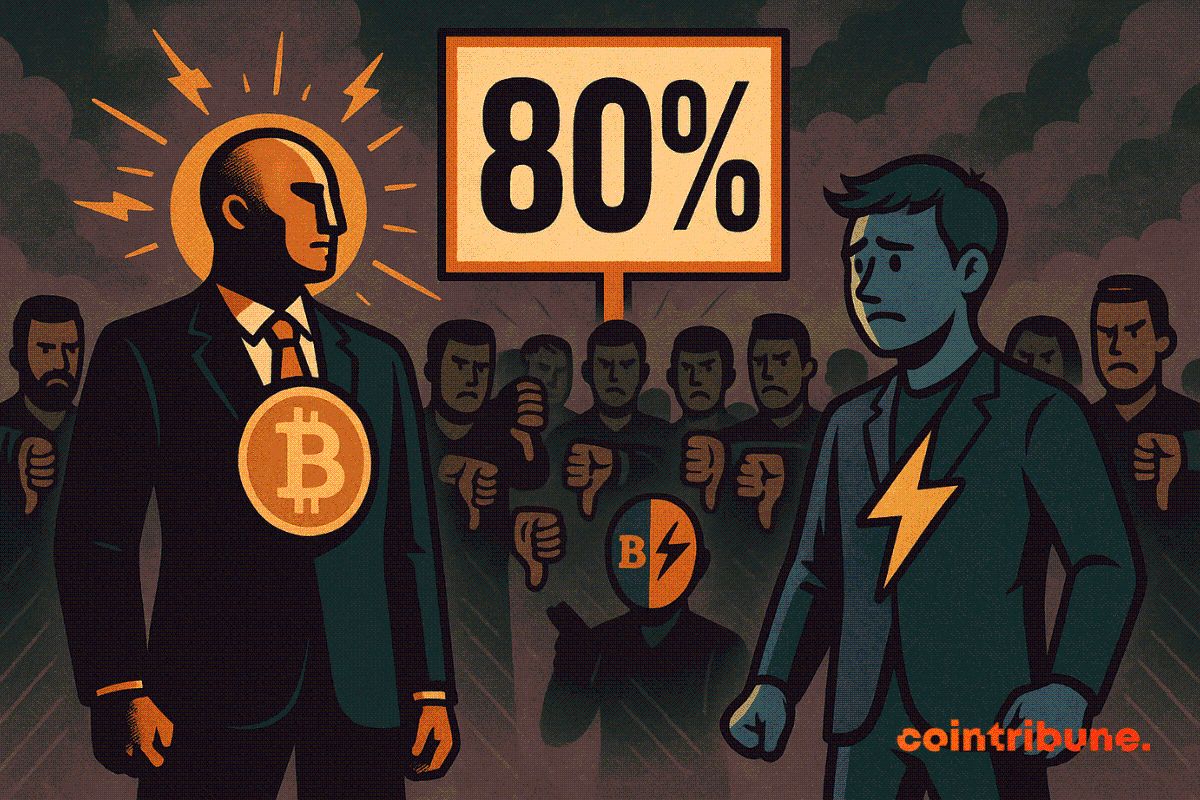DeFi Faces $16 Million Setback: DEX Security Flaws Expose Traders to Danger
- Aster resolved an XPL price anomaly caused by a system error, compensating affected users with USDT. - The error led to a $4 surge (vs. $1.30 on major exchanges), causing $16.6M in losses via forced liquidations. - The platform attributed the issue to operational oversight in smart contracts and pledged transparency with a post-mortem analysis. - Industry experts highlight DEX vulnerabilities, urging improved governance and liquidity mechanisms to prevent future exploits. - The incident underscores DeFi

Aster has addressed a major irregularity in its XPL perpetual contract pair and has issued compensation to users who were impacted. On September 25, the platform announced that a sudden price spike—reaching $4 on Aster DEX—was the result of a technical malfunction. This price anomaly, which was much higher than the $1.30 rate seen on leading exchanges such as Binance, led to an internal review and a compensation initiative. Users who experienced losses from forced liquidations during the event were credited with USDT directly to their wallets, with the distribution expected to finish within several hours Aster News [ 1 ].
The issue took place between 5:37 and 5:43 UTC on September 25, stemming from a fixed index price of $1 and a mark price limit of $1.22. When this cap was lifted, the price soared to $4, resulting in a wave of liquidations and $16.6 million in losses for individual traders. Aster attributed the incident to an operational lapse within its smart contract system, though a detailed technical explanation is still being investigated. The platform stressed that user assets remained protected during the disruption Odaily News [ 2 ].
To offset the losses, Aster distributed compensation in USDT and advised affected users to contact support on Discord if they still had unresolved concerns Aster News [ 1 ]. The company also reiterated its dedication to openness, promising to release a comprehensive incident report for the community. This approach reflects a broader trend in decentralized finance (DeFi), where price distortions and liquidity challenges continue to pose significant risks PANews Lab [ 5 ].
The XPL event highlights ongoing structural weaknesses in decentralized exchanges (DEXs), especially in markets with limited liquidity. According to Phemex analysts, the lack of sufficient liquidity and absence of circuit breakers allowed the price manipulation to occur. Similarly, OKX’s review of a comparable Hyperliquid XPL whale exploit—where a single address manipulated the market for $14–16 million in gains—revealed similar vulnerabilities in DEX infrastructure. These incidents underscore the necessity for better governance, including liquidity incentives and position caps, to guard against future abuses.
Aster’s response to the issue has received both praise and criticism. While the prompt compensation and clear communication were commended, some critics believe that relying on order books rather than automated market makers increases the risk of manipulation. The event also brings into question the scalability of DEXs as they vie with centralized exchanges (CEXs) for both institutional and retail users. Phemex warned that if such anomalies are not addressed with stronger security measures, user confidence could be undermined.
The overall market effect of the XPL incident has been minimal, with Aster’s trading volume and share in on-chain perpetual swaps holding steady at $125 billion and 14.9%, respectively Phemex Analysis [ 3 ]. Nevertheless, this episode serves as a warning for DeFi platforms, highlighting the critical need for thorough smart contract audits and real-time oversight. As DEXs progress, finding the right balance between decentralization and user safeguards will be essential for continued expansion PANews Lab [ 5 ].
Aster’s management of the XPL issue illustrates its attentiveness to user concerns, but also brings attention to the inherent dangers of decentralized trading platforms. For market participants, this event is a reminder to remain cautious in volatile environments and to verify information across multiple platforms. As DeFi continues to develop, such incidents are likely to spur advancements in risk management and regulatory standards to promote fairer trading practices.
Disclaimer: The content of this article solely reflects the author's opinion and does not represent the platform in any capacity. This article is not intended to serve as a reference for making investment decisions.
You may also like
Is the Lightning Network Losing Steam? The Numbers Raise Questions

Luxren Capital Review 2025: Is This Broker Worth Your Trust, Time, and Money?
Invistro Broker Review 2025: A Grounded Look at Invistro’s Features, Tools, and Weak Spots
BitGo Wallet Glitch Floods XRP Ledger with Failed Payments